Food security is the state in which people have physical and economic access to safe and nutritious food that meets their dietary needs and food preferences for an active and healthy life at all times. Yet, despite significant efforts and progress toward achieving food security, it remains a critical and growing issue in today’s world. With enough food produced to feed the world, why do millions still suffer from food insecurity and hunger?
Food insecurity can vary in form and severity, ranging from mild to severe. When an individual or family is food insecure, they may have enough food to survive for a day or two but may not have the resources to obtain a balanced diet. Sadly, this is the reality of more than 333 million people worldwide facing acute levels of food insecurity. While temporary food insecurity may affect some individuals, prolonged periods can result in hunger.
Hunger is not just the physical discomfort of an empty stomach. It is a daily battle for many people, marked by uncertainty about when and how they will get their next meal — depriving them of living a normal, active, and healthy life.
In 2023, as many as 783 million people worldwide are facing chronic hunger and wake up with no reliable means to access their meals and are forced to go to bed hungry each night. While this is alarming, it emphasizes the widespread presence of hunger affecting many people, including children. Unfortunately, this number is expected to rise with present-day challenges, and urgent action is needed to address the root causes of food insecurity and hunger.
Challenges That Hinder Food Security
Poverty
One of the main factors that fuel global hunger is poverty. With no stable and sufficient source of income, families are unable to secure enough food. Globally, approximately 700 million people are living in extreme poverty, leaving many people struggling to access even one decent meal a day, with some none at all — pushing more people to the brink of hunger.
Conflict
Conflict is another significant driver of hunger, accounting for 70% of the world’s hungry people. When conflicts arise, food supply chains and economies are disrupted, leaving innocent communities displaced and more vulnerable to poverty, food insecurity, and hunger.
Climate change
As food insecurity continues to escalate as a pressing issue worldwide, climate change is only making the situation worse, putting food security at risk. This is particularly devastating for families, communities, and smallholder farmers who are already struggling to put food on the table, as well as those who are already living in poverty and those directly affected by ongoing conflicts.
In Africa, severe hunger has affected 23 million people over the last three years due to extreme drought and five consecutive failed rainy seasons. When the rain finally arrived in Somalia in March 2023, instead of bringing relief to the farmers who had been suffering from the prolonged drought, flash floods displaced 140,000 people, destroying people’s homes and livelihoods.
Effects of Climate Change on Agriculture
Agricultural operations primarily rely on climate variables, including temperature, water availability, and overall weather conditions. Given this, any changes or disruptions in these climate variables can significantly impact crop production.
Although farmers have traditionally relied on predictable seasonal rhythms for planting, growing, and harvesting crops, weather patterns have become more erratic and less favorable in recent years. As a result, it has become difficult for farmers to plan their planting schedules, particularly with the increased frequency of extreme weather conditions like heat waves, cold waves, reduced or excessive rainfall, and wildfires.
Insects and diseases also threaten growing crops by direct damage or transmitting bacterial, viral, or fungal infections. With rising temperatures that create optimal conditions for pests and diseases to thrive, farmers find it even more challenging to secure and maintain the quality and quantity of their crops.
Erratic and extreme weather conditions also pose a serious risk to harvested and stored commodities. During post-harvest, drying commodities has become increasingly challenging due to unpredictable weather conditions that can fluctuate between bright and sunny to sudden rain showers. Relying solely on sun drying now poses a substantial risk of significant crop damage or, at worst, complete loss.
Temperature fluctuations and changes in humidity patterns can impact storage and transport conditions. Without adequate protection, commodities are at risk of physical damage, spoilage, and quality degradation.
These changes in climate make traditional farming practices unreliable, requiring adaptive strategies that utilize innovative and climate-smart technologies to overcome challenges, avoid incurring losses, and achieve food security.
Climate-smart Post-harvest Solutions
Drying
The first step towards long-term quality preservation is ensuring your commodities are dried to the right level of moisture content. Since farmers nowadays cannot always rely on traditional sun or field drying, utilizing climate-smart drying solutions like GrainPro’s Collapsible Dryer Case and Bubble Dryer is vital.
a. A portable and foldable drying solution, the Collapsible Dryer Case (CDC) is a cost-efficient upgrade to traditional drying mats and can be sealed at night and during rain.
b. For faster drying time and immediate protection from contaminants and sudden rains, the Bubble Dryer is a tunnel-type dryer that eliminates the risk of overheating, re-wetting, spillage, and damage.
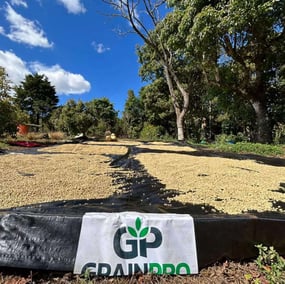
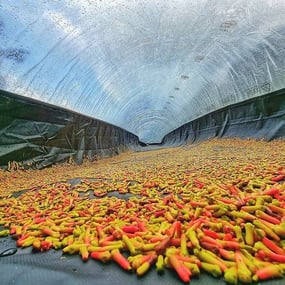
In Photo: (1) GrainPro® Collapsible Dryer Case™ & (2) GrainPro® Bubble Dryer™
Learn more: How to Use Sustainable Climate-smart Drying Solutions
Storage & Transport
Proper storage and transport methods are crucial to maintaining the correct moisture content of commodities after drying. Without them, molds, insects, temperature, and other external factors can damage and deteriorate commodities. Using hermetic bags and container liners has proven beneficial for many farmers and businesses in ensuring the safety of their commodities, especially during long-term storage and transoceanic transport.
Both air- and moisture-proof, the GrainPro hermetic bags and TranSafeliner act as an inner liner that serves as a barrier against insects and moisture by:
1. Preventing insect infestations by depriving them of oxygen through natural asphyxiation.
2. Protecting goods against moisture absorption to prevent mold growth and condensation damage.
Another promising storage solution is the GrainPro Cocoon, which has different variations and can hold anywhere from 100 to 12,000 bags of commodities. These solutions are suitable for indoor and outdoor storage and protect commodities from floods and harsh weather conditions. Additionally, it prevents the exchange of air and moisture and guards against rodents without the use of any toxic chemicals. This allows for long-term, chemical-free, and food-safe storage of commodities, reducing losses and safeguarding surplus harvests for future needs.
Related: Long-term Benefits of Climate-smart Agriculture
Supporting Smallholder Farmers
On top of the challenges that hinder food security, around 13% of all food produced fails to reach the plates of those in need. This is due to challenges faced during the post-harvest stage, such as inadequate drying, storage, and transport. Moreover, the limited resources and access to new farming techniques and technologies among smallholder farmers contribute to these challenges in safeguarding their crops — leading to post-harvest losses.
Nevertheless, these farmers play a crucial role in producing a significant portion of the world’s food supply, contributing around 70-80%. Supporting them means we can help alleviate poverty and promote economic growth. By providing them with resources, training, and financial assistance, we empower them to withstand the negative effects of climate change better, thereby enhancing their productivity and income.
Related: Hope for Smallholder Farmers in Adapting Climate-smart Agriculture
As the world faces food insecurity and hunger, GrainPro continues to develop innovative and sustainable solutions to help farmers and communities overcome these challenges and be a step closer to a foodful future.
Date Published: January 8, 2024

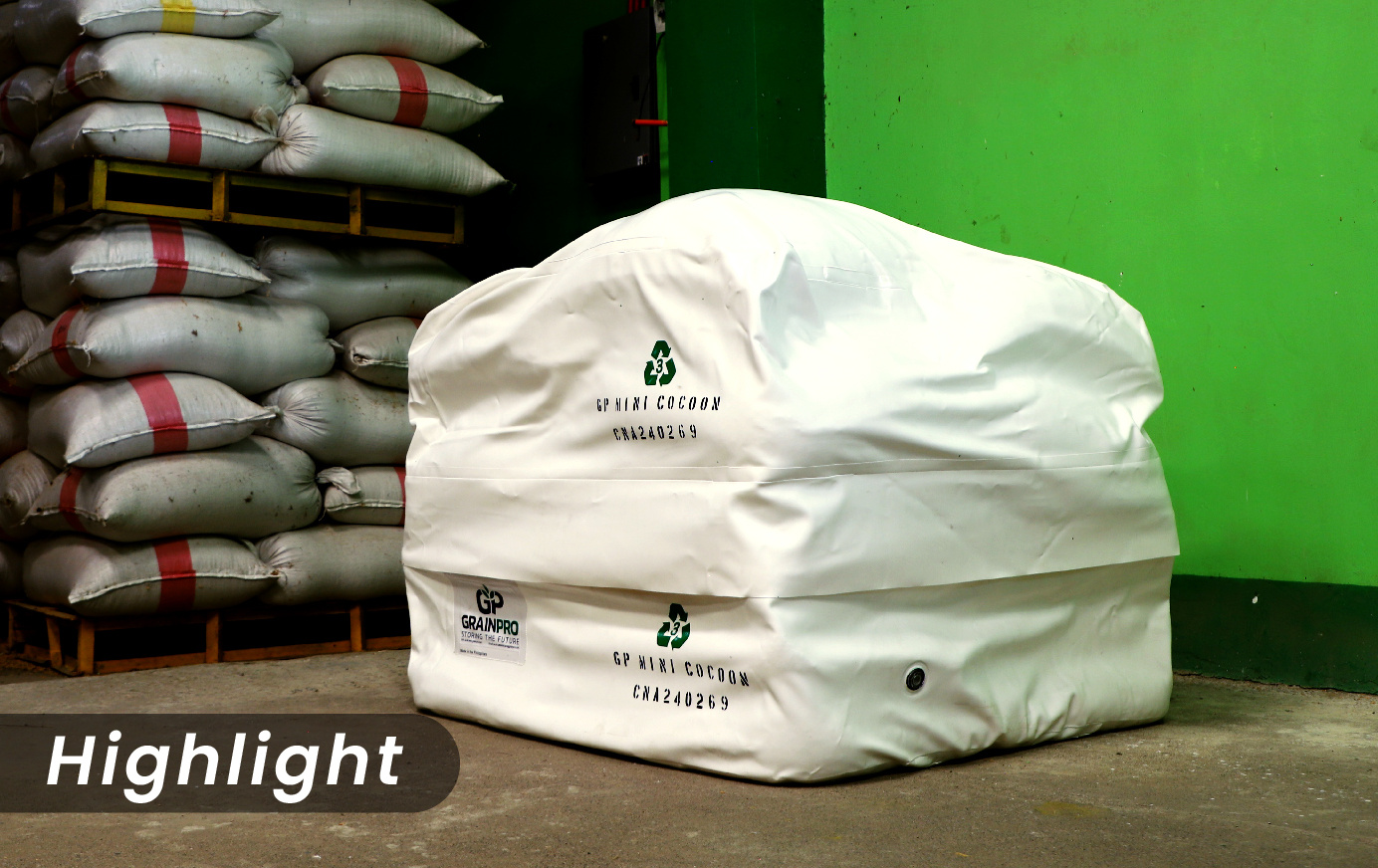
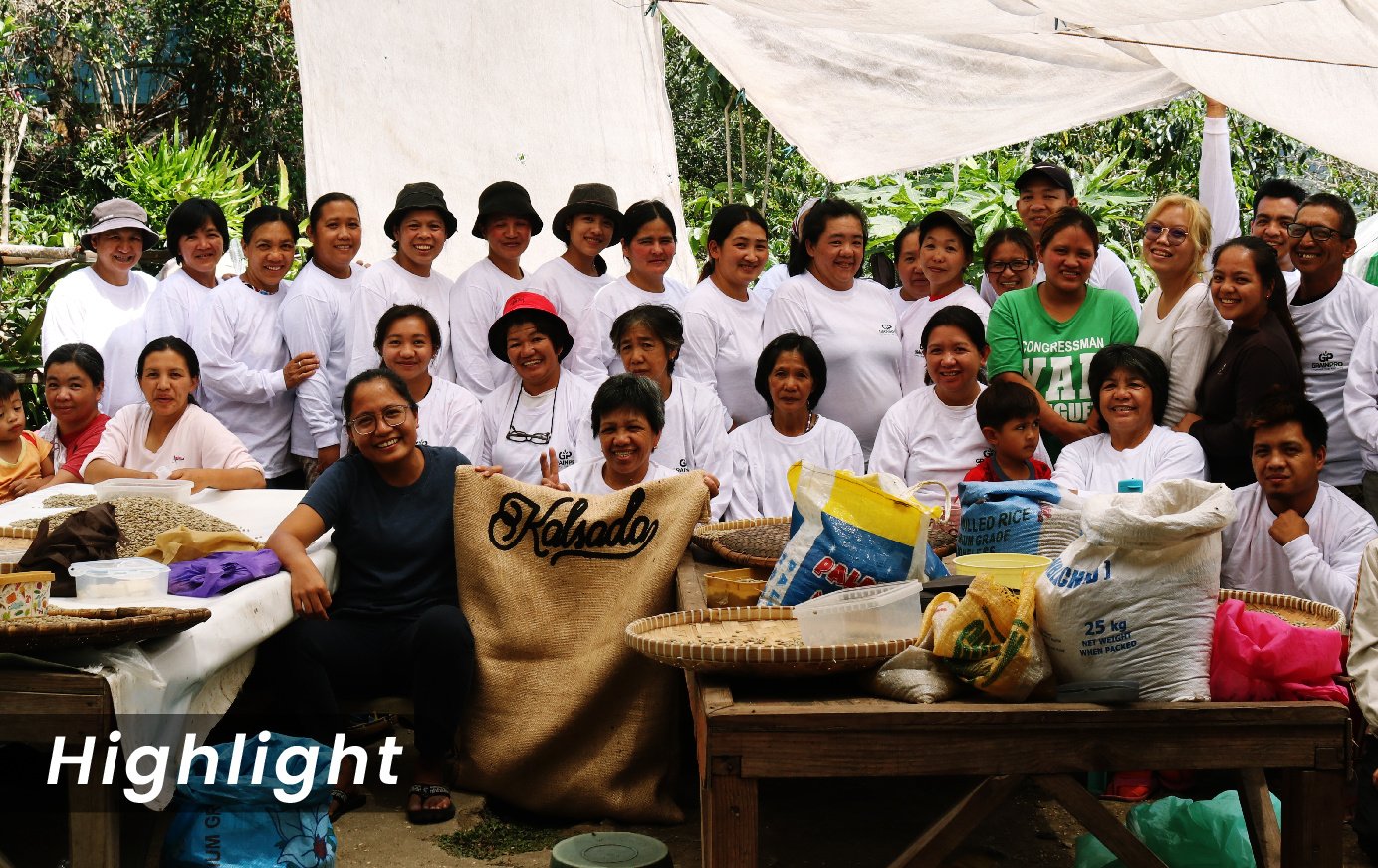
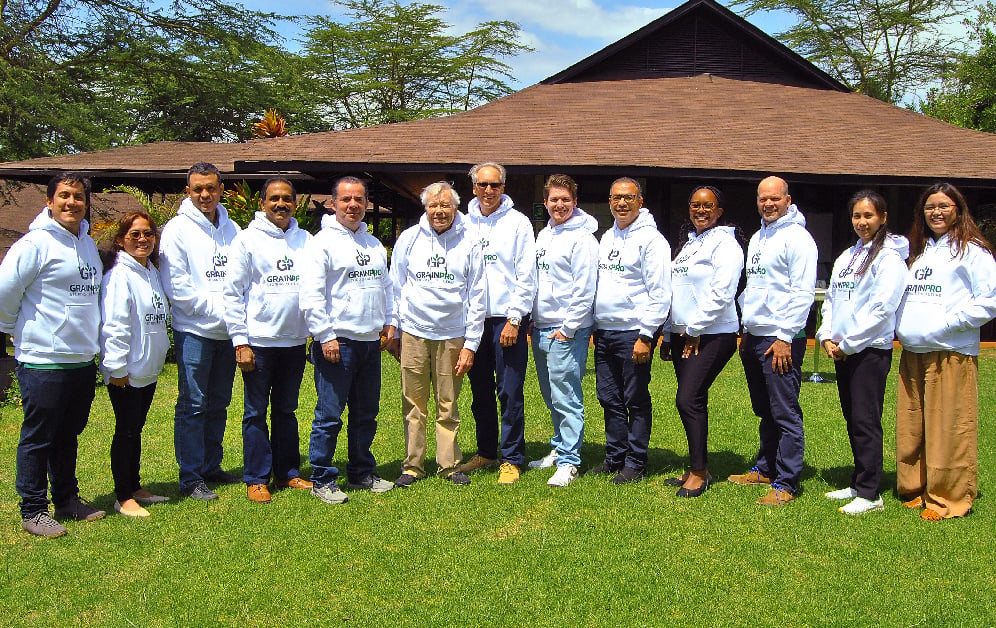
.jpg)
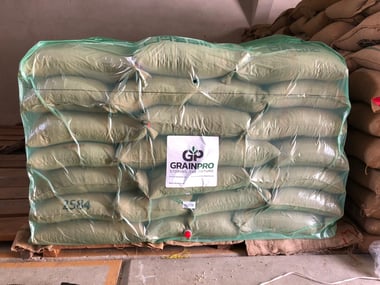
.jpg?width=380&height=285&name=cocoon%20lite%20(1).jpg)